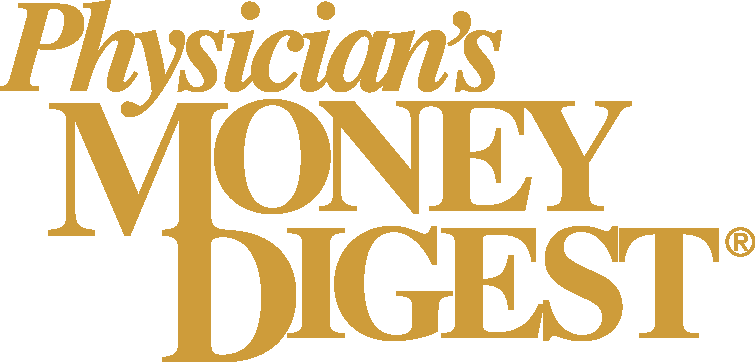
Interventional Medical Device Solutions launches direct U.S. operations, names Jason Bottiglieri president
Key Takeaways
- IMDS has launched a direct commercial organization in the U.S., appointing Jason Bottiglieri as president to lead the expansion.
- The transition from Biotronik distribution to a direct model aims to enhance speed, alignment, and support for complex PCI procedures.
IMDS establishes direct U.S. operations, enhancing support for complex coronary procedures with innovative medical device solutions and dedicated physician engagement.
The company said it appointed veteran cardiovascular executive Jason Bottiglieri as president of IMDS U.S. to lead the expansion.
“Direct engagement with physicians is at the heart of what makes IMDS unique,” Bottiglieri said in a statement. “This transition reflects our commitment to greater speed, closer alignment at the point of care, and a U.S. team fully dedicated to supporting operators in complex PCI.”
IMDS tools, which were previously distributed in the U.S. through Biotronik, will now be available directly from the company. A U.S.-based commercial team will provide support and service, including a fully stocked warehouse, dedicated staff for complex coronary procedures and streamlined onboarding processes for hospitals and providers.
“Jason’s depth of experience and proven leadership in cardiovascular medtech make him the right person to lead IMDS U.S. at this pivotal moment,” said Edwin Schulting, CEO of IMDS. “Moving to a direct model ensures we serve physicians more directly, more responsively, and with total focus.”
The company said physicians will have direct access to its portfolio of FDA-cleared percutaneous coronary intervention catheters, including TrapIT, Recross, NHancerRX, MicroRX and ShapeIT.
Hospitals and providers can visit simplify-pci.com to set up accounts and download the vendor onboarding packet.
Based in the Netherlands, IMDS has developed solutions for complex PCI, CHIP and CTO procedures for more than 15 years in collaboration with physicians.
Advances in coronary intervention technology
The field of interventional cardiology continues to evolve with
Another area of progress involves the development of specialized tools for chronic total occlusions (CTOs). These blockages are among the most technically demanding to treat, and new device platforms are helping interventionalists cross and revascularize vessels that might otherwise require bypass surgery. Enhanced visualization technologies, including high-resolution intravascular imaging, are also playing a key role by allowing real-time assessment of vessel structure and treatment results.
Beyond devices, there is a growing emphasis on streamlining workflows inside the catheterization lab. Improved device compatibility, simplified setup processes, and more intuitive delivery systems are enabling faster procedures while maintaining high levels of safety. Training and support programs are also evolving, with simulation-based education and peer-to-peer learning designed to help physicians adopt advanced techniques more confidently.
Collectively, these advances reflect a shift toward more personalized and efficient coronary care. By combining purpose-built technologies with improved procedural strategies, the goal is to expand treatment options for high-risk patients and enhance the long-term success of percutaneous coronary interventions.
Newsletter
Stay informed and empowered with Medical Economics enewsletter, delivering expert insights, financial strategies, practice management tips and technology trends — tailored for today’s physicians.















